Locations:
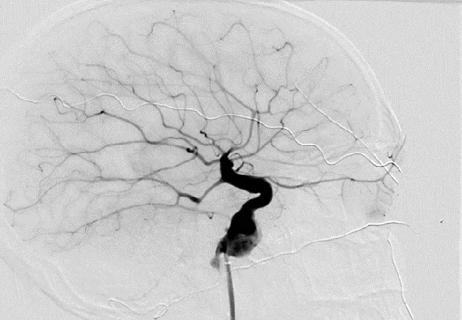
Cleveland Clinic findings prompt efforts for broad data pooling
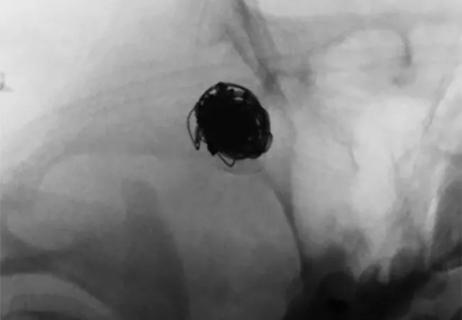
Case series demonstrates successful retreatment of this rare emergency
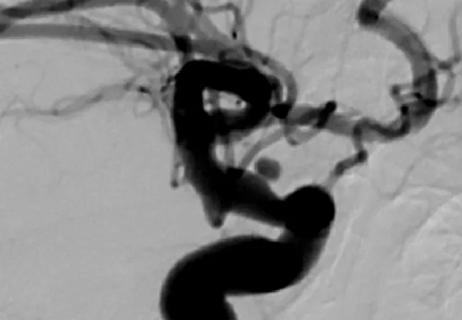
Evidence mounts that inflammation plays a key role
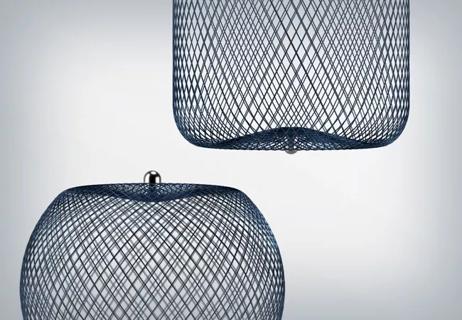
Much-needed endovascular alternatives to open surgery are emerging
Advertisement
Cleveland Clinic is a non-profit academic medical center. Advertising on our site helps support our mission. We do not endorse non-Cleveland Clinic products or services. Policy
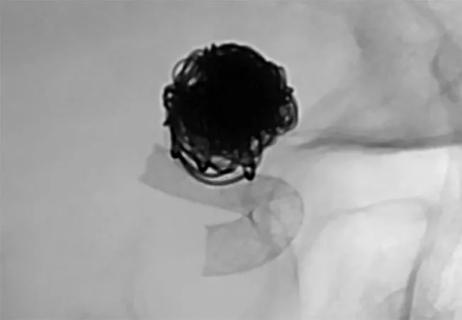
A case study and assessment of commercially available options
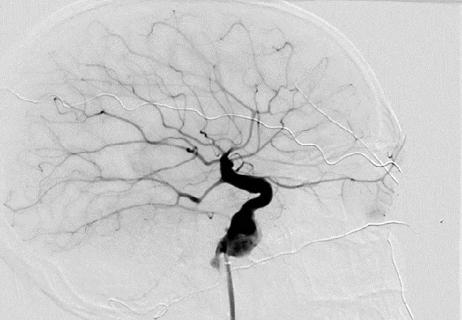
Direct surgical carotid cutdown overcomes multiple access obstacles
Advertisement
Advertisement